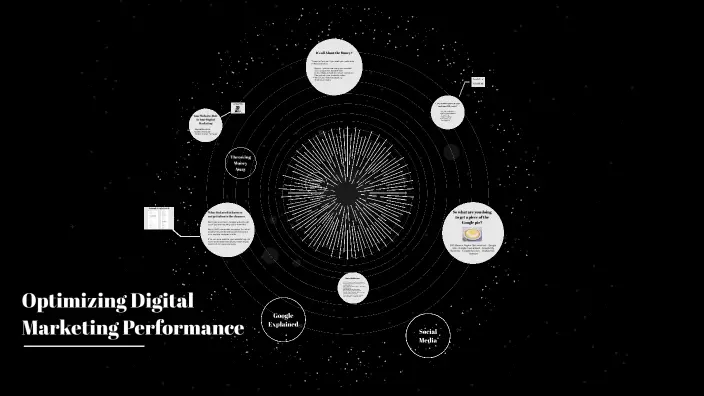Optimizing Digital Experiences with CDN-powered Web Acceleration

Introduction

In today’s fast-paced digital world, users expect seamless and efficient web experiences. Content delivery networks (CDNs) play a pivotal role in enhancing website performance and user satisfaction by reducing latency and improving response times.

Benefits of CDN-powered Web Acceleration
- Reduced Latency: CDNs cache website content closer to end-users, reducing the distance data needs to travel and minimizing latency.
- Improved Load Times: Faster load times enhance the user experience and reduce bounce rates.
- Increased Availability: CDNs provide redundancy and load balancing, ensuring content is always available, even during peak traffic periods.
- Optimized Bandwidth Utilization: CDNs optimize bandwidth usage by caching frequently requested content closer to users, reducing network congestion and costs.
- Enhanced Security: CDNs can help protect websites from security threats such as DDoS attacks and data breaches.
How CDNs Work
- Content Caching: CDNs store frequently requested content on servers located in multiple geographic regions.
- Content Distribution: When a user accesses a website, the CDN automatically delivers the cached content from the server closest to the user.
- Load Balancing: CDNs distribute traffic across multiple servers to prevent overloading and reduce response times.
- Edge Computing: Some CDNs offer edge computing capabilities, allowing applications to run closer to end-users for faster processing and lower latency.
Strategies for CDN Implementation
- Identify Cacheable Content: Determine which website assets should be cached based on their frequency of access.
- Choose the Right CDN Provider: Consider factors such as network reliability, coverage, and pricing when selecting a CDN.
- Configure CDN Settings: Properly configure CDN settings, such as cache duration and content compression, to optimize performance.
- Monitor and Analyze: Track CDN performance metrics and make adjustments as needed to ensure optimal results.
Best Practices
- Use HTTP/2 and HTTPS: Optimize network performance by enabling HTTP/2 and using HTTPS for secure content delivery.
- Enable Brotli or Gzip Compression: Reduce content size to improve load times.
- Leverage CDN-native Features: Explore CDN features such as image optimization, video streaming, and API acceleration for further performance gains.
Conclusion
CDN-powered web acceleration is essential for optimizing digital experiences in the modern internet landscape. By reducing latency, improving availability, and enhancing security, CDNs empower businesses to deliver seamless and engaging online services that meet the expectations of today’s demanding users.
